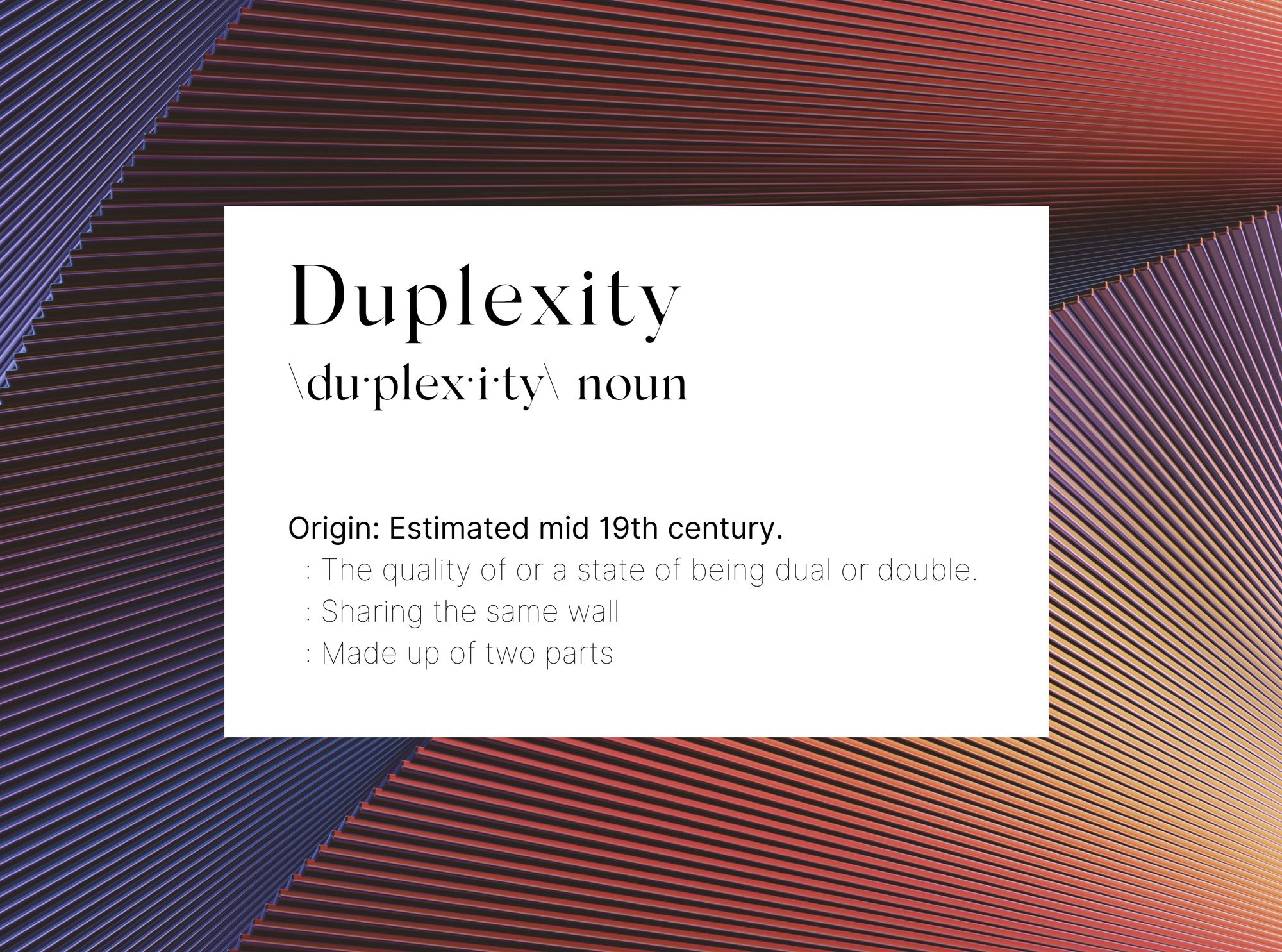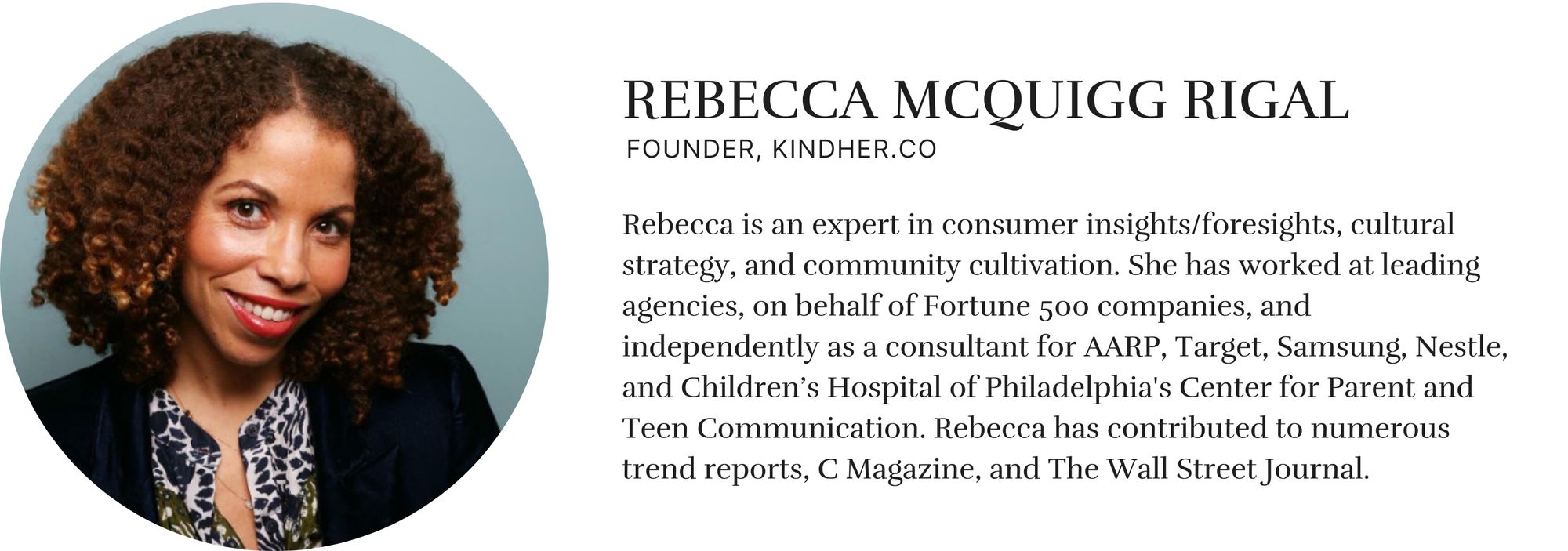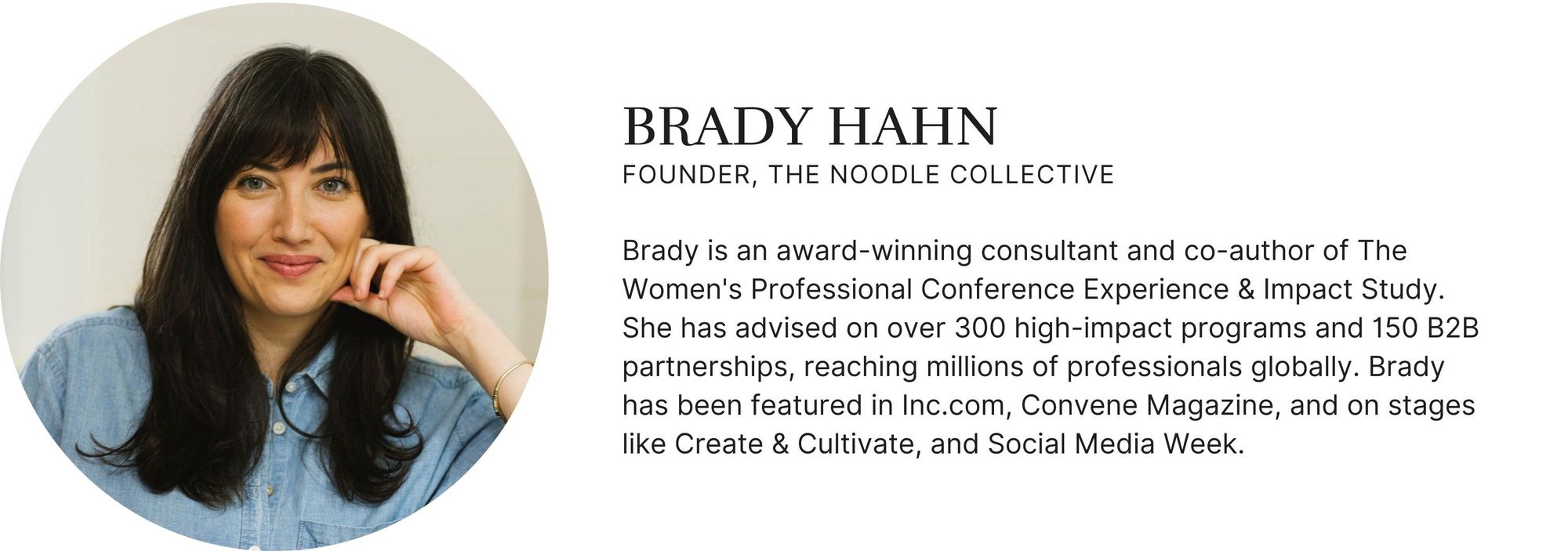Duplexity
Vol. 02 | Two sides of the same coin.

“Insofar as the reader might not be sufficiently aware of the duplexity, it is the author's task to make it as obvious as possible that it is there.” - Soren Kierkegaard
Duplexity describes the state of being dual or double - two things; concepts, ideas, data, ideologies, behaviors, theories - that share the same “wall.” It can be neither one nor the other, and/or also both. The “yes, and…,” the trends and countertrends, the challenges versus the opportunities, the difference between statement and action, intention and impact, the shadow to the light.

Trends and behaviors are rarely defined or understood by a singular perception, experience, or explanation and often contain coexisting contradictions at their core. People in and of themselves are duplex creatures. And that duplexity becomes amplified at social scale - largely driven by the increased fragmentation of the collective. From the push-pull of truth vs. opinion, the collective vs. the individual, innovation vs. derivative, reality vs. fantasy - the drivers of many cultural and societal phenomena are inherently duplicitous.
“[Duplexity] the word is unusual, but the concept is so fundamental that one wonders why this lexical choice finds no everyday application. Is it because “duplicity,” with its connotation of deception, has been serving our culture better, putting doubleness under suspicion for the single-minded.” - Richard Shiff
The origins of the word are a bit murky. One of the earliest use cases of “duplexity” we could find is in the Danish existentialist philosopher Søren Kierkegaard's studies on consciousness and thought in the 1840s. At its root, is the Latin word “duplex” - meaning “duo” (“two”) and “plicare” (“to fold”), which is most commonly used to describe the style of housing where two separate households share a wall - which most of us are familiar with. “Duplexity” is an uncommon word - with few points of reference - yet can be applied so well to the many nuances of the “unprecedented” times we are living in.
“It is not without reason that man feels himself to be double: he actually is double. There are in him two classes of states of consciousness that differ from each other in origin and nature, and in the ends toward which they aim.” - Emile Durkheim
To see the duplexity of a thing - a thought, phenomena, an issue, expression - can challenge what we think we know, understand, or believe about that thing, opening up a capacity for objectivity, curiosity, and empathy. It honors the fact that things are not always straightforward - this or that. Further, the undertones of the word feel positive - almost as though it is calling us to investigate with curiosity - and hold space for duality and paradox.
In the second edition of The Noodler, we will examine the dichotomies and duplicities within our current culture, the many things that feel like opposing forces but are ultimately interdependent - like two sides of the same coin - because without considering one, we cannot fully understand the other.
Learn more about the contributors to Duplexity here.
Curators



